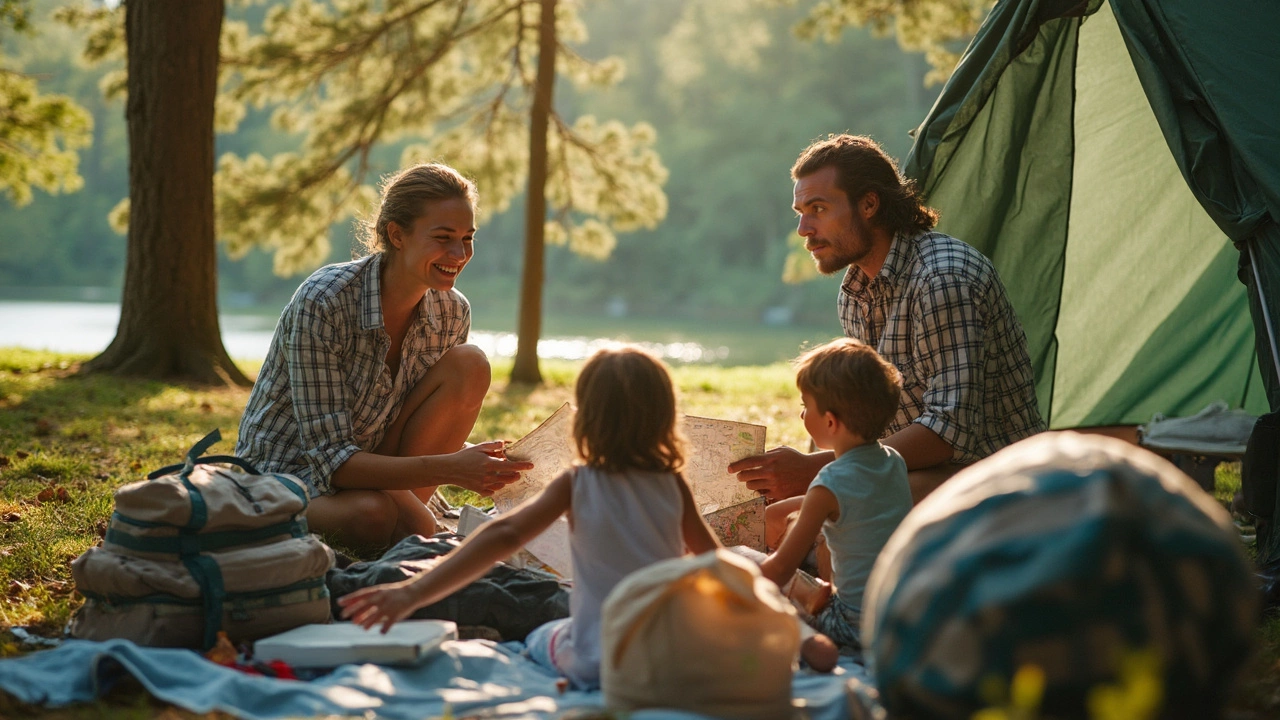Camping Cost Guide 2025: How Much Should You Expect?
Planning a getaway and wondering if camping will fit your budget? You’re not alone. Many think a tent under the stars is cheap, but the reality depends on where you camp, what you bring, and how you travel. Below you’ll get a clear picture of the biggest cost buckets, real‑world numbers, and quick ways to stretch every pound.
Where Money Goes: Main Cost Drivers
Campsite fees. A basic pitch at a local council site can be as low as £5‑£10 per night, while a popular holiday park with electric hookups and shower blocks may charge £25‑£40. Luxury glamping sites push the price beyond £80, often including beds, meals, and Wi‑Fi.
Gear and accessories. If you already own a tent, sleeping bags, and a portable stove, the upfront cost is nearly zero. First‑time campers usually spend £100‑£300 on a decent three‑season tent, a sleeping pad, and a compact cooker. A motorhome or camper van adds a big chunk – depreciation, insurance, and annual service can easily top £2,000 a year, but you save on accommodation fees.
Utilities and extras. Many sites charge extra for electricity, water, or waste disposal. Expect £2‑£5 per night for a 13‑amp hook‑up and another £1‑£3 for water. Some parks bundle these into a “full‑service” rate, which can be worth it if you’re traveling with kids or need a hot shower after a long day.
Travel distance. Driving a motorhome burns more fuel than a car, especially on hilly roads. A rough rule is £0.30‑£0.40 per mile for a mid‑size motorhome versus £0.15‑£0.20 for a car. If your route includes several long stretches, fuel quickly becomes a hidden expense.
Seasonality. Peak summer months (June‑August) see campsite fees rise 30‑50% compared with off‑peak (April‑May, September‑October). Booking early often locks in the lower rate; waiting until the last minute can cost you extra.
Saving Money: Practical Tips
Look for council‑run or charity sites – they charge the bare minimum and still provide clean facilities. Wild camping is legal in Scotland and allowed in some English spots with landowner permission; just follow the Scottish Outdoor Access Code and leave no trace.
If you own a motorhome, consider staying at sites that offer free electricity for the first hour or provide a discount for weekly stays. Many parks drop the nightly rate by 10‑15% when you book a week or more.
Bring your own water and refill bottles at local pumps. It removes the per‑day water charge and cuts plastic waste. Same trick for food: preparing simple meals on a portable gas stove is far cheaper than buying ready‑made dishes at park cafés.
Share a pitch with friends or family. Most sites allow multiple tents on a single plot for the price of one, and you can split the cost of utilities and firewood.
Finally, track your spending. A quick spreadsheet with columns for campsite fee, power, water, fuel, and food will reveal which line item is the biggest drain. Adjusting one of them – like swapping a pricey park for a free wild‑camp spot for a night – can bring the whole trip back into budget.
Camping doesn’t have to be a gamble on your wallet. By knowing where the money goes and planning around the cheaper options, you’ll enjoy the freedom of the road without breaking the bank.
SC State Park Campground Prices: What Will a Family Campsite Really Cost You?
Planning a family camping trip to a South Carolina state park? This article breaks down the real-world costs of booking a campsite, what’s included in the price, and extra fees you might run into. Get tips on how to save money, avoid surprises, and pick the right park for your family. We’ll even cover why some spots cost more than others. Read on before you pack up the car and hit the road.
